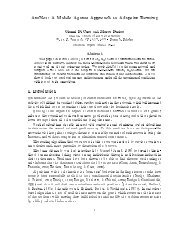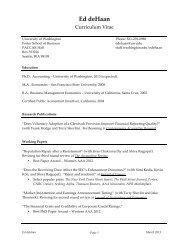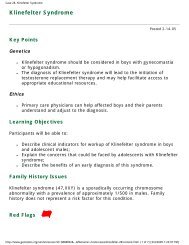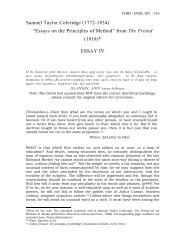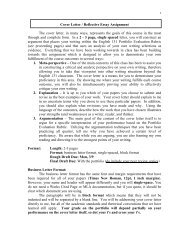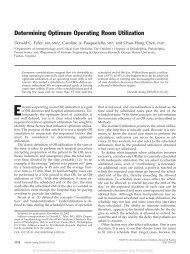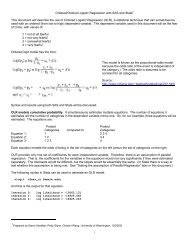Plants with toxic alkaloids - University of Washington
Plants with toxic alkaloids - University of Washington
Plants with toxic alkaloids - University of Washington
Create successful ePaper yourself
Turn your PDF publications into a flip-book with our unique Google optimized e-Paper software.
Photo<strong>toxic</strong> <strong>Plants</strong><br />
Some ancient people thought that some plants harvest more sun than others.<br />
Today we know that some species produce phototoxins = substances that are<br />
activated by the short-wave blue and UV part <strong>of</strong> the sun’s spectrum. The<br />
plants produce increased phototoxin levels when attacked by fungi or insects.<br />
Giant Upon exposure hoagweed, to ultraviolet the white kernel radiation, turns discoloration violet, then <strong>of</strong> the skin occurs<br />
(inflammation, lightening or darkening) or rashes, and even blistering.<br />
Blister Bush Peucedanum galbanum <strong>with</strong> unpleasant cocktail <strong>of</strong> psoralen,<br />
xanthotoxin, bergapten triggers severe dermmatitis 2-3 days after exposure<br />
Apiaceae like Heracleum (giant hoagweed or cow parsnip), Angelica and<br />
others cause photo<strong>toxic</strong> blistering<br />
Many <strong>toxic</strong> plants like Deadly Nightshade Atropa belladonna etc can also<br />
cause dermatitic inflammations<br />
Marigold plant produces the phototoxin alpha-terthienyl, which<br />
functions as a nematicide. When exposed to near ultraviolet light, such as<br />
in sunlight, alpha-terthienyl generates the <strong>toxic</strong> singlet oxygen.Alphaterthienyl<br />
results in damage to the respiratory, and nervous system <strong>of</strong><br />
larvae, resulting in 100% death rates = natural insecticide.



